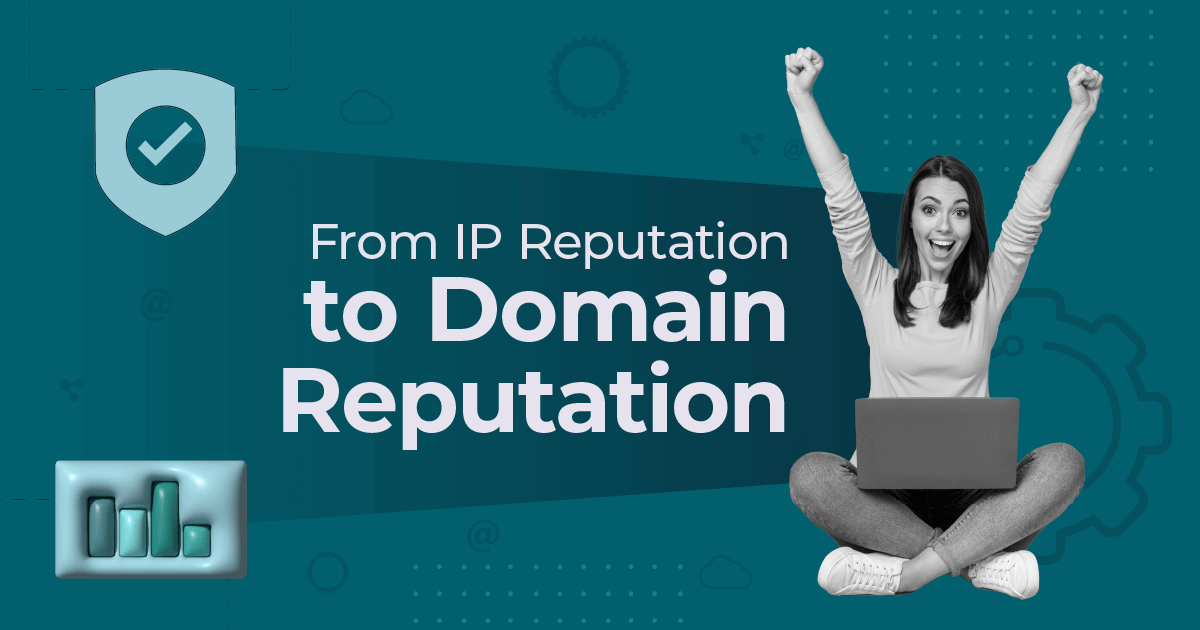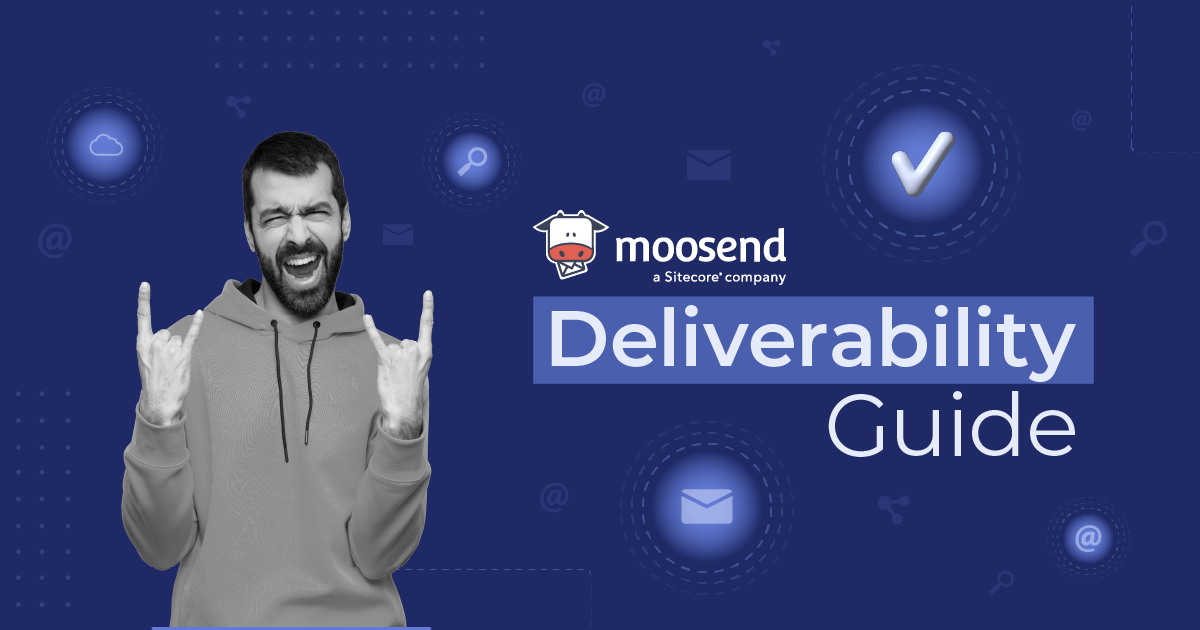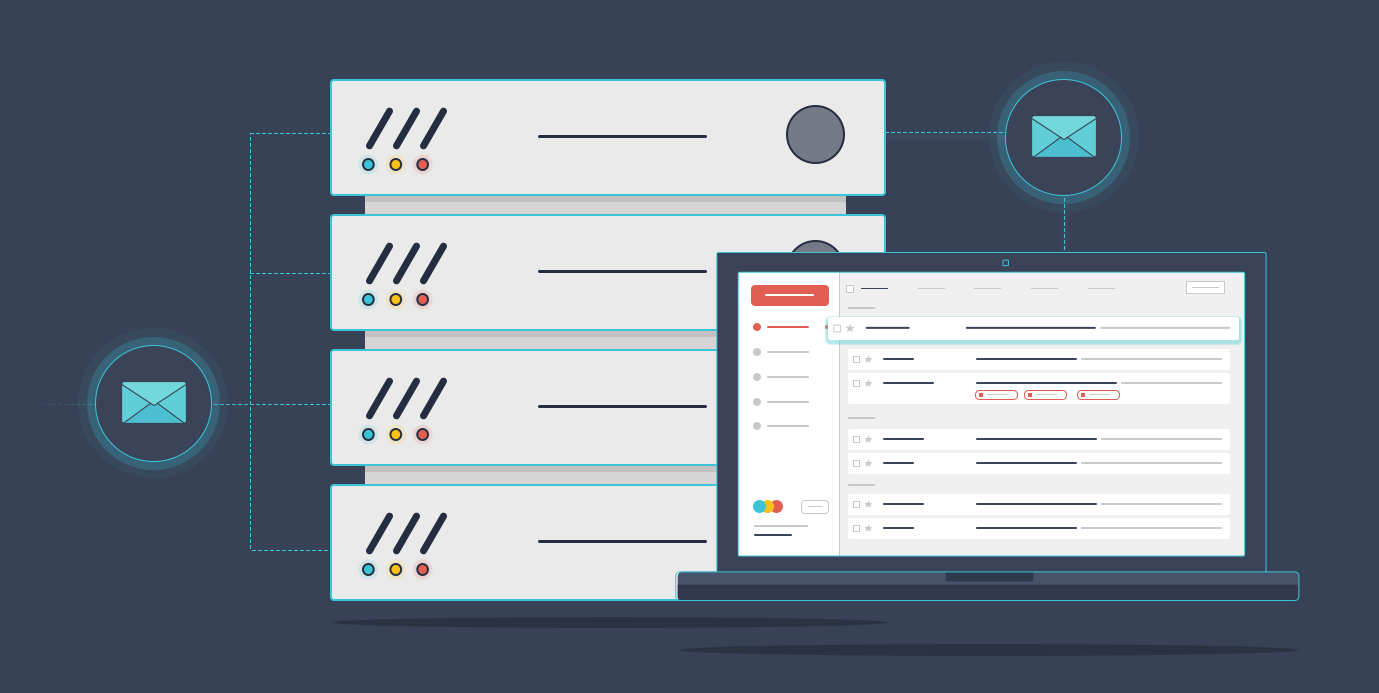
How Important Are Authentication, Reputation & Content for Google’s Email Filtering?
Email authentication and the sender’s domain name reputation are crucial in whether your email reaches Gmail’s inbox or gets tossed into the spam abyss.
But how does Google evaluate different combinations of SPF, DKIM, DMARC, IP/domain reputation, and content red flags?
To find out, I ran a series of tests, each simulating real-life sending conditions.
Tested Scenarios & Detailed Observations
For this experiment, I used live domains, high- and low-reputation IPs, different authentication setups, and even risked a few awkward conversations with family members, like “Why did you send me something about Netflix being hacked?”
To keep things consistent, I used:
- Domains with varying reputations
- Gmail/Gsuite accounts (inbox + spam folder checks)
- Google Postmaster Tools for added insights
- A mix of real subject lines, bounce domains, and tracking URLs
Let’s walk through each scenario.
1. Gmail still delivered to inbox without DKIM
Without DKIM, can a message still be trusted by Gmail if SPF and DMARC are properly configured?
Observations:
To my surprise, Gmail handled it quite gracefully. While the sending domain lacked DKIM, Gmail did check the DKIM of the tracking /bounce domain, which passed.
The message landed in the Promotions tab without issues or delay.
Here’s what helped:
- The sender domain had a valid SPF and a p=none DMARC policy.
- The Return-Path header correctly displayed the sender’s domain name (not a generic third-party one).
Takeaway: DKIM matters, but with SPF, DMARC, a clean Return-Path, and a solid IP reputation, you can still land in Gmail’s inbox
2. No DNS Authentication at all (No SPF, DKIM, or DMARC)
No authentication equals total failure, right?
Observations:
Yup. As expected, Gmail immediately sent the message to Spam despite the IP’s good reputation.
- No SPF? No idea who sent this.
- No DKIM? Can’t verify you.
- No DMARC? No enforcement.
Takeaway: Even the best IP in the world can’t save you from Gmail’s “No DNS = No Trust” attitude.
3. Only DKIM (No SPF or DMARC)
Can DKIM save the day if SPF and DMARC are missing?
Observations:
The message landed in the Spam folder. Even worse, Gmail displayed a big scary warning: “Be careful with this message. It may be spoofed.”
This was due to the From header domain not aligning with the signed DKIM domain, and without SPF or DMARC, there was no enforcement to reassure Gmail.
Takeaway: A single authentication method (DKIM) isn’t enough. Gmail wants to see a full authentication picture before trusting your messages.
4. Low reputation IP & high reputation domain
Will a trusted domain name save the email from a misbehaving IP?
Observations:
The message landed in Promotions, not Spam. This shows that Gmail gives more weight to domain reputation than IP alone.
Why? Because a domain is like your identity. IP addresses can be shared, rented, or rotated. This is why we constantly warn against purchased lists.
Even if your IP is fine, when people start flagging your domain, you’ve got a problem. Gmail doesn’t care how good your intentions were. It only sees the angry clicks on “Report Spam.”
Takeaway: Google is team “Domain First.” Treat your domain’s reputation like it’s your credit score. Because, well… it’s your credit score.
5. Bad reputation for IP and domain
Does bad IP and domain reputation get you straight to Spam?
Observations:
The answer is yes. The message was instantly flagged as spam, so there’s no surprise there. Even with neutral content, Gmail didn’t take the risk.
Takeaway: There’s no “but the content was nice!” defense here. Fix both IP and domain reputation before even thinking of sending.
6. Suspicious subject line & high-reputation IP/domain
Does a strong domain reputation protect you when your subject line screams “phish“?
Observations:
Okay, I’ll admit it…I was nervous about this one. I used one of my actual domains with a solid reputation and sent a subject line like:
“Netflix: Urgent Action Required.”
My test list? Friends and family (bless them).
The result: The email landed in the promotion folder; no spam, no flags. Gmail didn’t panic.
However, repeated tests could raise suspicion over time. Why? Because Gmail watches:
- User interaction (opens, clicks, spam reports)
- Subject line patterns
- Content similarity to known phishing templates
Takeaway: You might be safe once, but Gmail’s memory is long. Suspicious phrasing is risky, even if your domain is Snow-White-clean.
7. Suspicious subject line, bad domain reputation & high IP reputation
Can a good IP hide a bad domain and sketchy subject line?
Observations:
Gmail flagged the message. The subject line, “Verify your account immediately,” didn’t help.
When the content felt borderline (like fake urgency or vague offers), it went straight to spam.
Takeaway: A bad domain and sketchy content? Gmail says “Nope.” Even a good IP can’t save you from a shady history or subject lines that scream danger.
8. Suspicious subject line, bad domain reputation & bad IP reputation
C’mon, you already know.
Observations:
Straight to Spam, faster than you can say “unsubscribe.”
Takeaway: Worst-case scenario. You might as well not hit “Send.”
9. Bad reputation tracking domain, high sender domain & medium/high IP
What happens if the tracking link domain has a bad rep?
Observations:
Gmail delivered the message to the Promotions tab without hesitation.
It seems that Gmail separates the tracking domain’s rep from the sender’s (unless the domain is flagged as a known phishing domain).
Takeaway: You’re safe… for now. But don’t push your luck.
Findings & Key Takeaways
After testing all of the above, here’s what stood out.
The good
- Domain reputation carries the most weight
- SPF, DKIM, and DMARC are absolutely necessary before sending a campaign
- Gmail evaluates recipient behavior (reports, opens, clicks)
- Suspicious content won’t always send you to Spam, but repeated behavior will
The not-so-good
- A clean IP won’t fix a dirty domain
- A strong domain can’t carry spammy content forever
- Don’t hide the sender’s domain name behind another domain name of your ESP.
- Bad actions will follow you once you will migrate to another service.
Gmail’s Not Just Checking Authentication, It’s Checking You
Gmail’s filters are smarter than ever, so passing authentication isn’t enough. To earn inbox placement, you need to prove a few things:
- You’re a legitimate sender
- You’re sending content people actually want
- Your recipients trust you
You now need to focus on building your domain reputation. Send emails to people who genuinely want to hear from you. And whatever you do, don’t try to game the system because Gmail doesn’t fall for tricks.
If you’re still thinking, “But I only sent one email with a weird subject line,” well, Gmail remembers, just like an elephant, but with algorithms.
Have you experienced similar deliverability mysteries? Let’s discuss them in the comments or send me a message. Maybe not one with “URGENT: Confirm Bank Details” as the subject line.




